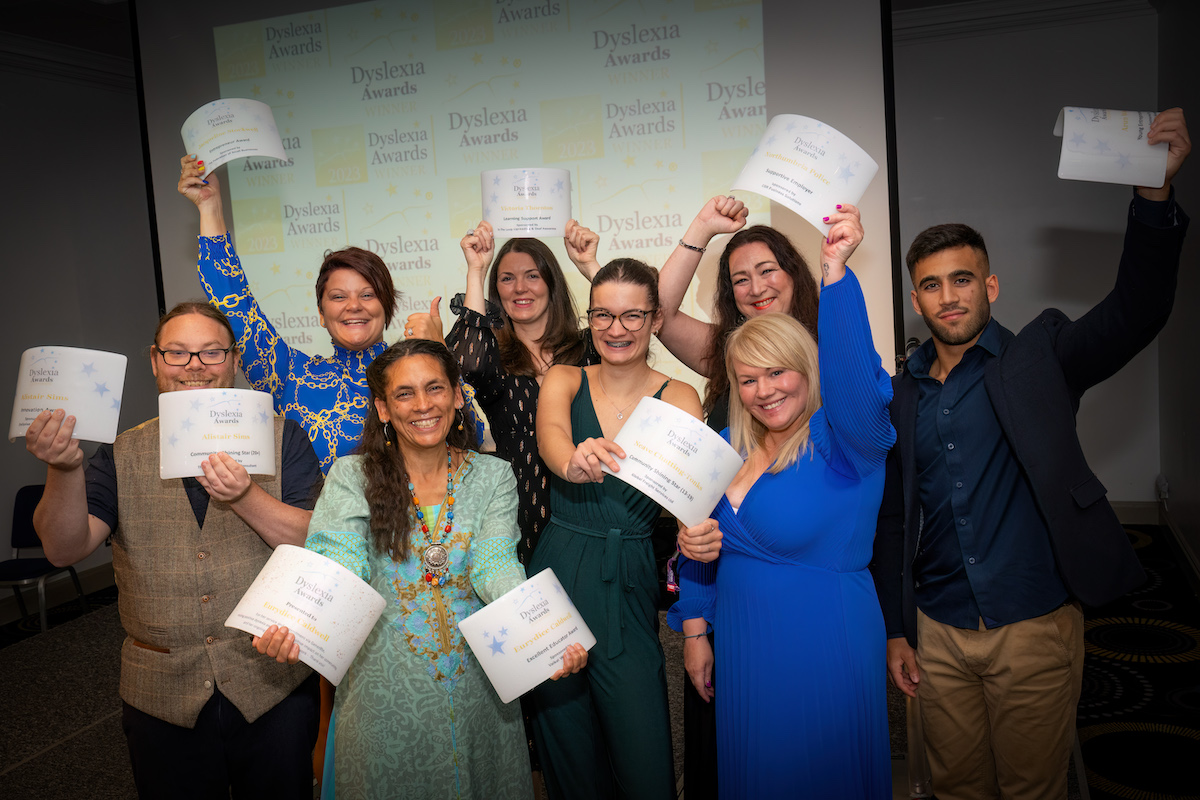A more hybrid education model should be for the long-term, not just a temporary measure

As every new variant of Covid-19 rears its head, a familiar cycle presents itself; acknowledging the new variant, a frantic debate as the situation escalates and restrictions are re-evaluated, then finally some sort of normalcy as the wave recedes. With the milder Omicron, the mantra of “living with Covid” is starting to dominate.
For the education system, this means a major transformation is pending. The erratic back and forth of schools closing, then opening, needs to settle down and make space for institutionalised forms of hybrid education.
Earlier this month, the UK’s Education Secretary, Nadhim Zahawi, told educators to “do everything” and “consider ways to implement a flexible approach to learning.”
In his open letter to school leaders, Mr. Zahawi said this involves “utilising all your available teaching and non-teaching workforce to maximise on-site education for as many pupils as possible while you flexibly deliver provision either on-site or remotely to some pupils.”
Whilst Mr. Zahawi stressed this should only be a short-term measure, there is strong logic for such flexibility to be strategically core and permanent, not another temporary tactical gyration.
What does a “flexible approach” to teaching and learning entail? There are two core elements to a stable learning environment in the face of partial closures, quarantines, absent teaching staff and children: curricula quality and an omnichannel strategy – which includes and complements in-person teaching.
In our digital world, curricula quality opens up many exciting possibilities, lessens reliance on in-person contact or group dynamics, and requires teacher know-how. The debate about the need for curriculum development, and the need to upskill teachers is already well underway.
The second element – which gets less attention, but is crucial – is a hybrid approach to education. This multiplies the suitable gateways via which pupils connect with learning environments, whilst complementing in-person teaching. A true hybrid approach integrates more interfaces into the learning process, building coherent and flexible student and teacher experiences.
EdTech should work adjacent to, and complement the current system. Children who have suffered learning restrictions and ad hoc education engagement tactics to get through the variant outbreaks, surely deserve some gain from how the world has irredeemably changed.
Institutionalising flexible education models is a step forward to a new, better normal. Schools should be allowed to find their own best practices. Indeed, the inherent diversity of the EdTech solutions greatly encourages tailored, decentralised policy making.
The UK’s Education Secretary has the correct instinct. In-person teaching will always sit at the centre – and so it should. But education is an experience and not just a physical product.
UK policymakers should encourage schools, supported by EdTech solution providers, to implement more hybrid education into their day-to-day teaching – and not only as a short term measure, but in a long term plan.
Manan Khurma, Founder and Chairman of Cuemath











Responses